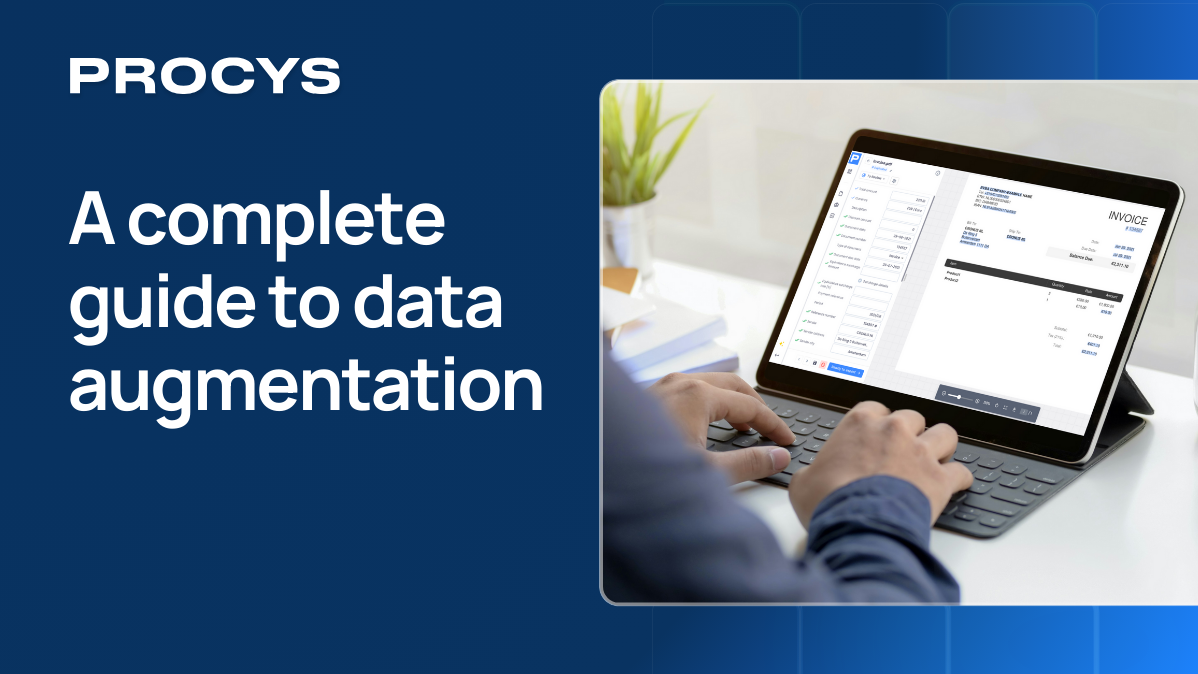Duplicate payments are an expensive oversight.
The time spent searching for the root cause and rectifying the issue is valuable time lost. Then there are the intangibles: employee frustration, the knock-on effect on other workflow tasks, and the impact on customer trust in your brand.
Accounts payable teams manage a constant flow of invoices, purchase orders, and payment requests. Even the most diligent finance teams can fall victim to errors due to manual AP processes, like duplicate payments: a costly mistake that drains cash, creates reconciliation headaches, and undermines operational efficiency.
In this guide, we’ll show you how to avoid duplicate payments with clear methods, best practices, and tools, helping you protect your cash flow and streamline your accounts payable workflows.
Why do duplicate payments happen?
Duplicate payments are rarely the result of negligence; they usually stem from process gaps or system limitations.
Common causes include:
- Manual entry errors: key invoice details may be typed incorrectly, causing the system to treat a payment as new.
- Multiple invoice submissions: vendors may submit the same invoice more than once, or different teams may enter it separately.
- Inefficient approval workflows: without proper checks, multiple approvers may unknowingly approve the same invoice.
- Disconnected systems: if AP, ERP, and accounting platforms aren’t integrated, duplicate invoices can easily bypass detection.
Even a single duplicate payment can have ripple effects, tying up funds, complicating reconciliations, and creating extra work for finance teams.
How to avoid duplicate payments
When a duplicate payment is identified, the priority is to minimize financial impact and prevent recurrence.
Key steps include:
- Confirm the duplication: compare invoices, payment amounts, dates, and vendors to ensure the payment is truly duplicated.
- Notify the vendor: contact the vendor immediately to request a refund or credit note. Clear communication helps maintain a strong vendor relationship.
- Reverse the payment internally: follow your company’s accounting procedures to correct the entry and reconcile accounts.
- Document the issue: maintain a record of the error, actions taken, and lessons learned to improve processes.
While reactive measures are important, preventing duplicates before they happen is far more efficient and cost-effective.
Using Accounts Payable automation solutions is an effective way to accelerate these steps, cutting down 6x the time spent on payment management.
Best practices to prevent duplicate payments
Accounts payable teams can implement several strategies to reduce the risk of duplicate payments:
- Centralize invoice intake: ensure all invoices pass through a single entry point, so nothing is missed or entered twice.
- Use standardized formats: encourage vendors to submit invoices in a consistent template for easier processing.
- Implement multi-level validation: require approvals at different stages, with cross-checks against purchase orders and prior payments.
- Regular reconciliations: frequent checks of outstanding invoices and payments help catch anomalies early.
- Educate the team: train AP staff on common duplication risks and the importance of following standard workflows.
These practices form a solid foundation, but technology can take prevention to the next level.
Leveraging technology to prevent duplicate payments
Automation and AI-powered tools are transforming accounts payable by removing the manual work that leads to errors. Procys, for example, streamlines document processing and ensures payment accuracy by:
- Automated data extraction: Procys reads invoices, purchase orders, and receipts with precision, reducing manual entry errors.
- Duplicate detection: built-in validation flags potential duplicates before payment is processed.
- System integration: Procys connects seamlessly with ERP and accounting platforms, ensuring all data flows into one unified system.
- Audit-ready records: maintain a full, traceable record of all invoices and payments for compliance and reconciliation.
By leveraging an AP automation technology like Procys, finance teams can prevent duplicate payments, reduce administrative burden, and free up time to focus on strategic financial management rather than firefighting errors.
The bottom line
Duplicate payments are a hidden cost that can erode cash flow, create reconciliation headaches, and slow down operations.
By following the steps outlined in this guide and leveraging automation tools like Procys, Accounts Payable firms can avoid duplicate payments, reduce errors, and focus on higher-value tasks.
With Procys, AI-driven automation eliminates duplicate payments and streamlines data extraction workflows, giving AP teams confidence that every payment is accurate and fully accounted for.
How Procys helps
Procys addresses the exact challenges faced by modern AP teams:
- One platform for all documents: handle invoices, purchase orders, and receipts in one central system.
- Full automation: extract and validate data quickly, with built-in duplicate detection.
- Compliance-ready: maintain validated, audit-ready records that simplify reconciliations.
It’s time for accounts payable teams to stop worrying about duplicate payments and the headaches they bring.
Procys automates your accounts payable, enhances accuracy, and frees your team to focus on strategic financial management.
Test Procys for yourself today - sign up for free and see how simple automation can help you avoid duplicate payments. No credit card required!

.png)



.png)